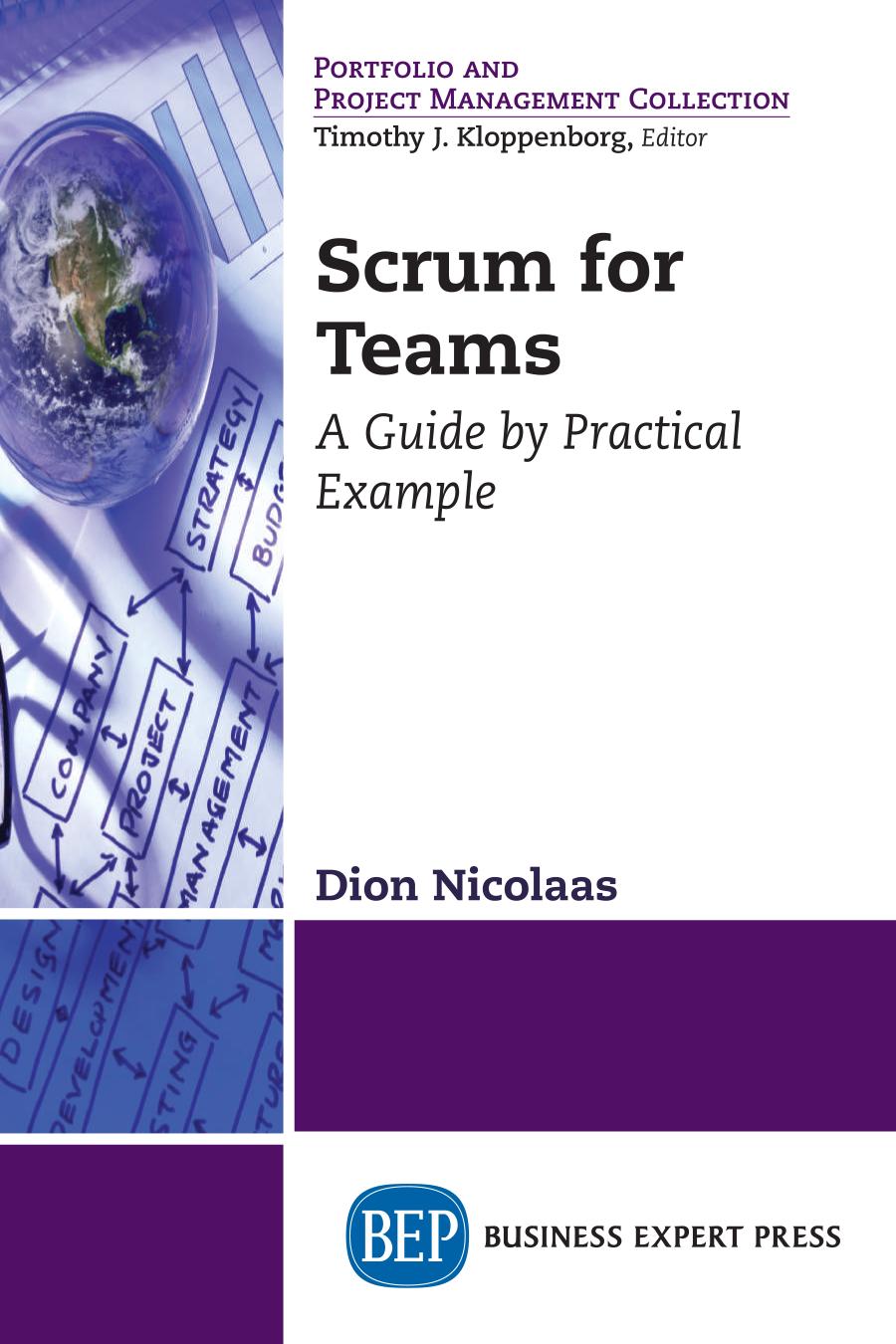

Most ebook files are in PDF format, so you can easily read them using various software such as Foxit Reader or directly on the Google Chrome browser.
Some ebook files are released by publishers in other formats such as .awz, .mobi, .epub, .fb2, etc. You may need to install specific software to read these formats on mobile/PC, such as Calibre.
Please read the tutorial at this link: https://ebookbell.com/faq
We offer FREE conversion to the popular formats you request; however, this may take some time. Therefore, right after payment, please email us, and we will try to provide the service as quickly as possible.
For some exceptional file formats or broken links (if any), please refrain from opening any disputes. Instead, email us first, and we will try to assist within a maximum of 6 hours.
EbookBell Team

4.7
56 reviewsScrum is an agile framework for completing complex projects. This book gives examples, tools, and tricks to do Scrum well.
For each trick it is explained why it helps. The practices themselves may be worth trying, but by understanding why it works the readers will be able to come up with their own ideas that work better in their organization and situation. All the practical examples in this book have helped someone, somewhere to become a part of a better Scrum team.
Scrum's motto is: Inspect and Adapt; change small things one at a time and see what works. Scrum is not done by project leaders or managers, but really by the teams-to succeed in an organization, the teams must do Scrum well. If the teams do Scrum well, the whole organization will benefit from it. Scrum helps a team self-organize, which fits in well with developers, who usually don't like to be micromanaged. At the same time, Scrum can scale: Self-organized teams work together well, and one manager doesn't have to manage all the people.
The lessons from this book help Scrum teams develop into autonomous, proud, and independent teams. Often teams fail to become powerful enough to change the organization, so they cannot perform to their full potential. A good team can lead the stakeholders into trusting them. They will then make plans based on the team's release planning instead of making roadmaps out of thin air, and thus make the organization much more predictable.